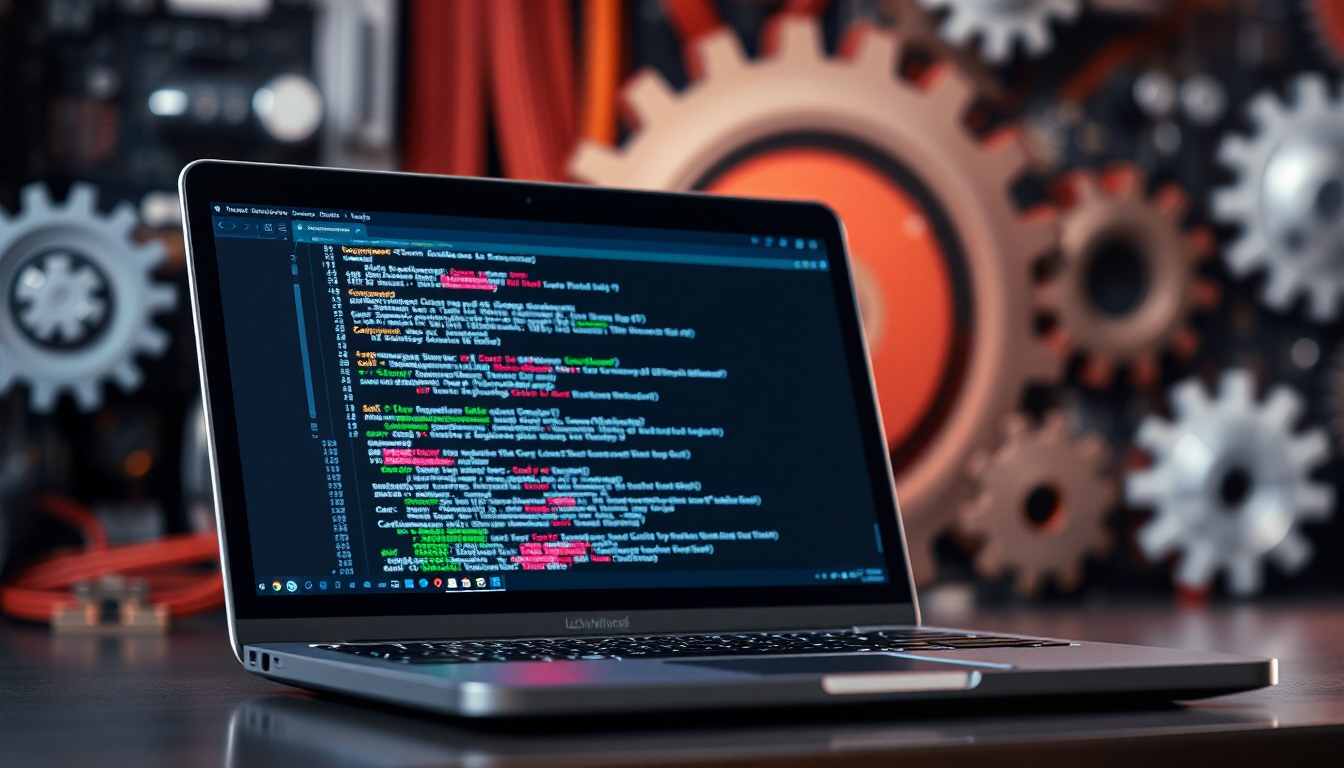
Loss: How Machines Learn From Mistakes
Understand how the concept of “loss” enables machine learning models to learn from errors, drive improvement, and deliver reliable results for your business.
Loss: How Machines Learn From Mistakes
Mistakes aren’t just part of learning for people—they’re at the core of how machines improve, too. In machine learning, “loss” is the key concept that tells a model how far off it is from the right answer. For business leaders and teams, understanding loss is a first step to making AI reliable, trustworthy, and valuable for day-to-day operations.
In this article, we’ll explore what “loss” means, why it matters, and how it drives progress in machine learning systems. Whether you’re considering your first AI project or want to sharpen your existing operations, understanding loss puts you one step ahead.
What Is Loss in Machine Learning?
At its simplest, loss is a measure of how wrong a machine’s prediction is. Imagine a model designed to predict sales for next month. If it predicts $200,000 and the actual sales are $180,000, the “loss” is the difference between those numbers—a way to quantify the error.
But loss isn’t just about numbers. It’s a guiding signal. Every time an AI makes a prediction, the loss tells it: “This is how far off you were.”
The lower the loss, the better the model’s performance. A high loss means there’s room to improve.
Why does this matter for your business?
Loss allows teams to monitor, diagnose, and improve model accuracy. If loss stays high over time, the model may need more data, better features, or a new approach. Low, stable loss suggests the model is learning and can be trusted in operations.
Key phrase: Machine learning loss explained in plain language means measuring and reducing errors, step by step.
How Loss Drives Machine Learning Improvement
Loss isn’t just a performance score; it’s the fuel for learning. AI models improve by minimizing loss, one step at a time.
Here’s how it works:
- Prediction: The model makes a guess.
- Loss Calculation: The difference between the guess and the real answer is measured.
- Learning: The model uses this information to adjust itself, aiming to make smaller mistakes next time.
This cycle repeats, often millions of times, until the model is as accurate as possible. Each cycle is an opportunity to learn from error and make smarter choices.
For business teams, this is powerful. Loss makes machine learning transparent. You can see, track, and report on how much better your AI is getting over time. It’s not a black box—loss gives you a window into progress.
Key phrase: How machines learn from mistakes is by using loss as feedback to guide improvement.
Loss Function: The “Rules” for Measuring Mistakes
Every model needs a way to decide what counts as a big mistake versus a small one. That’s the job of the loss function—a mathematical formula that calculates loss for each prediction.
Different tasks require different loss functions. For example:
- In predicting numbers (like sales), you might use the simple difference squared (“mean squared error”).
- In classifying emails as spam or not, the loss might focus on how confidently the model made the right call.
Business impact:
Choosing the right loss function shapes what the AI prioritizes. For example, if missing a rare but important event (like fraud) is very costly, the loss function can be set to penalize those misses more heavily. This directs the AI’s attention where it matters most to your operations.
Key phrase: Loss function business impact means you can align your AI’s “learning priorities” with real business goals.
Minimizing Loss, Maximizing Trust
For any AI system, the goal is clear: minimize loss to improve accuracy and reliability. But in practice, it’s about much more than chasing a smaller number.
- Continuous improvement: Loss gives you ongoing feedback—your team can track if the model is getting better or needs intervention.
- Accountability: With loss metrics, you have clear evidence of performance to share with stakeholders.
- Operational efficiency: By focusing on minimizing relevant loss, you make AI work smarter for your business, not just harder.
Ultimately, AI learning from error is a cycle that never really ends. Markets shift, customer needs change, and so the model’s definition of “right” evolves. Monitoring and managing loss keeps your AI tuned to real-world conditions.
Closing Thoughts
Learning from mistakes isn’t just for humans—loss is how machines get better, too. Understanding this concept helps you take control of your AI projects and make smarter, data-driven decisions. By focusing on minimizing loss, you unlock real value: more reliable predictions, stronger operations, and a team empowered to drive continuous improvement.
Keep loss on your radar, and you’ll see how small corrections, repeated over time, lead to big business results.



